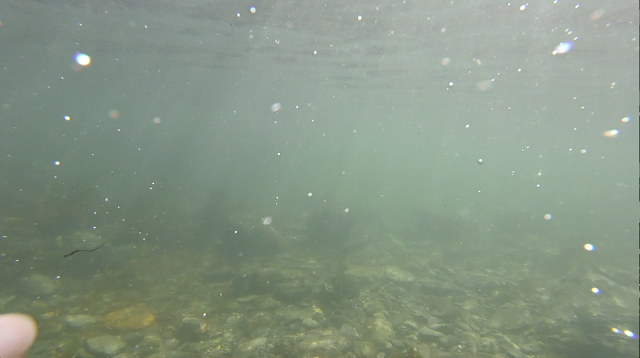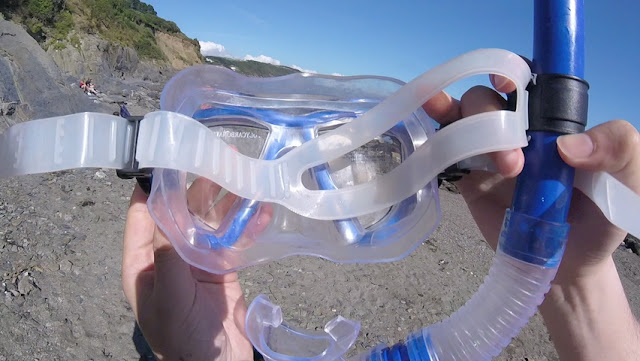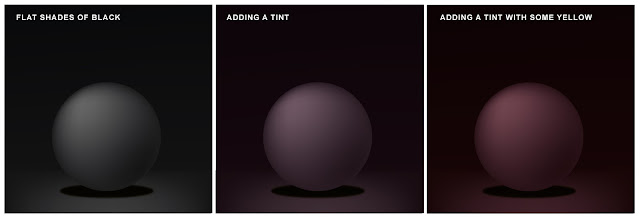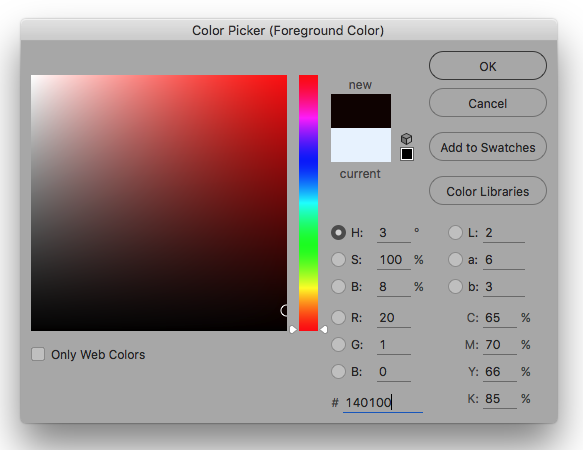Ho Ho Ho a quick post before Xmas!
A couple of tips for working with Photoshop layers!
If
like me you need work layers in Photoshop any time saving measure is
a bonus. I have a compiled a short list of techniques for making the
best use of Photoshop’s layers and icons and this is by far… only
the tip the iceberg for tricks and techniques. Enjoy! (Swap CMD for
CTRL on Windows)
Change
the layer order, move it up and down :
Cmd+[
Move Down
Cmd+]
Move Up
Cmd+Shift+]
= to move it to the bottom of the stack
Cmd+Shift+[
= Move it to the top of the stack
Direct
select a layer
With move tool selected (V) hold Cmd to highlight the layers directly from the art board. This will also highlight groups.
With move tool selected (V) hold Cmd to highlight the layers directly from the art board. This will also highlight groups.
Duplicate
a layer
Ideal
for copying a layer!
Cmd + J to
copy a selected layer! Or you can drag the selected on this icon! OR
right click and duplicate. A personal fave.
Colour
Coordinated
In addition to organizing you layers into folder and groups, why not colour coordinate the layers so you glance at groups? Brown for dirt, green for sea etc. Right click and select a colour.
In addition to organizing you layers into folder and groups, why not colour coordinate the layers so you glance at groups? Brown for dirt, green for sea etc. Right click and select a colour.
New
Layer Cmd+Shift
+ N brings
up the new layer dialogue.
Cycle
Through Blend ModesNeed
to see what a multiply, saturation, or overlay will look like on the
fly?
Shift
+ (Minus or plus, top right of the keyboard)
Layer
Opacity
With the layer selected you can quickly change its opacity by pressing ...
With the layer selected you can quickly change its opacity by pressing ...
Shift
+ 22, 30, 23
(a number from the top row) typing the number in quick succession
will change the layers opacity percentage. Hold shift and then press
“22” the layer will be 22% “30” = 30 %. Very handy for digital painting or retouching.
Group
Layers
Select your layers and press Cmd + G to group them together. If you are not grouping your numerous layers… you should start. For sanity’s sake.
Select your layers and press Cmd + G to group them together. If you are not grouping your numerous layers… you should start. For sanity’s sake.
Well everyone! I hope this is a little something to leave 2016 on! Merry Christmas and a prosperous new year!
#Photoshop #tips #layershortcuts
#Photoshop #tips #layershortcuts





















